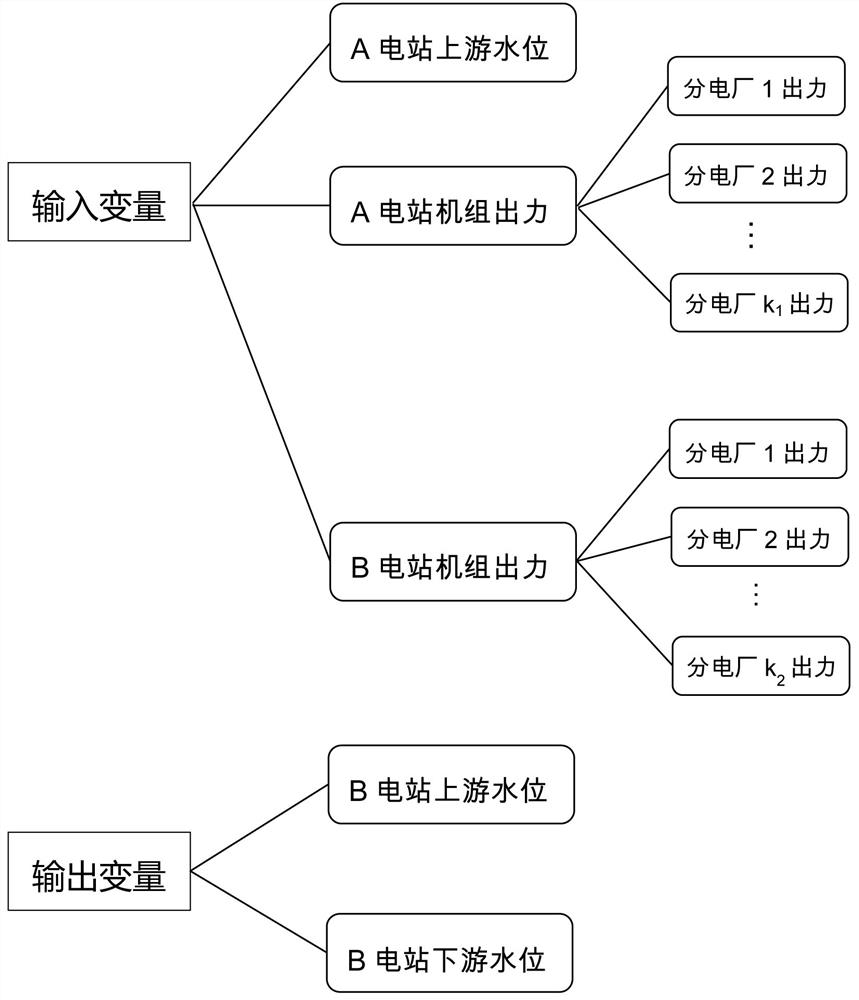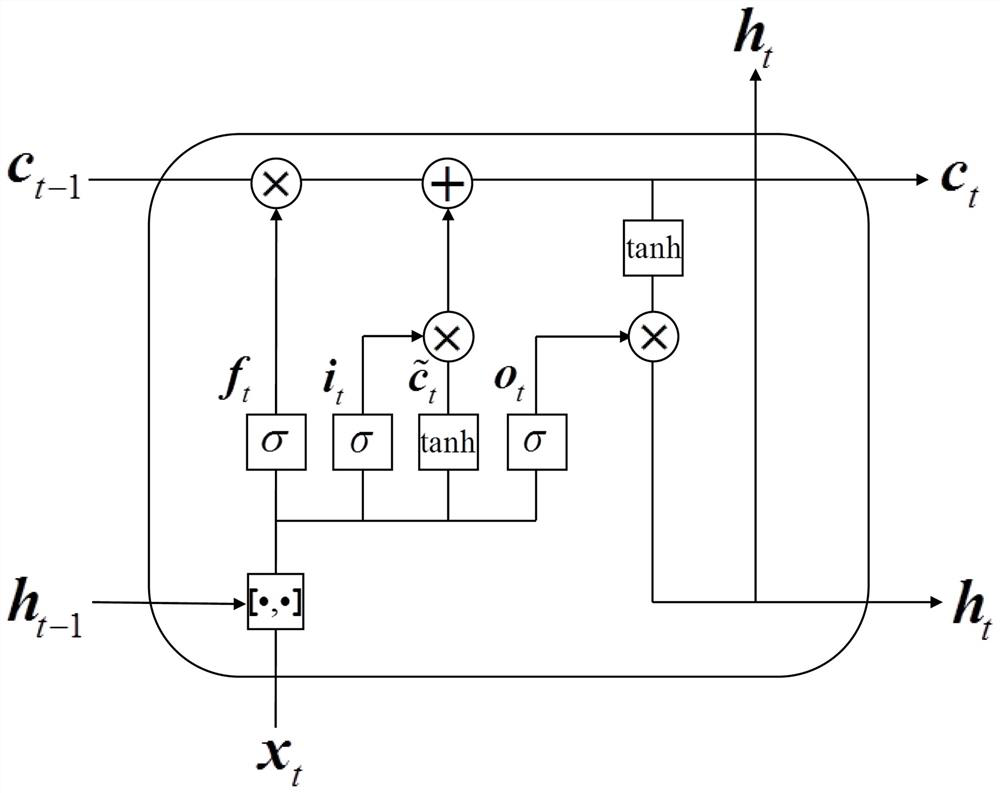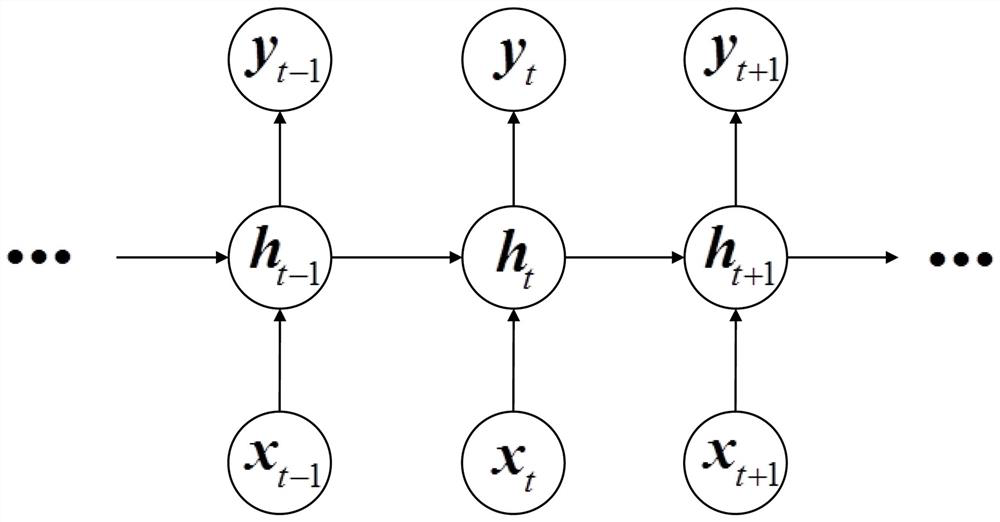An upstream and downstream water level prediction method for cascade power stations
A cascade power station and prediction method technology, applied in the direction of prediction, data processing applications, instruments, etc., can solve the problems of reducing learning efficiency, increasing the difficulty of model training, and affecting lower-level power stations, so as to improve prediction accuracy, improve water level prediction ability, The effect of solid theoretical support
- Summary
- Abstract
- Description
- Claims
- Application Information
AI Technical Summary
Problems solved by technology
Method used
Image
Examples
Embodiment 1
[0082] Step 1, select input variables and output variables. The input variables are the output of each sub-power plant of the upstream power station and the downstream power station, and the upstream water level of the upstream power station. Since the flow data of the power station are all estimated and contain certain deviations, the flow data are not considered, but the implicit changes in flow are reflected indirectly through real-time monitoring data such as water level and active power. The output variable is the upstream and downstream water levels of the downstream power station. see details figure 1 .
[0083] Step 2, standardize the data to eliminate the influence of dimension. Using the min-max standardization method, the original value in step 1 is mapped to the [-1, 1] interval, and the conversion function is as follows:
[0084]
[0085] Among them, x is the original data, x' is the standardized data, min is the minimum value of the sample, and max is the ...
Embodiment 2
[0132] Take the cascade hydropower station composed of A power station and B power station as an example, where A power station represents the upstream hydropower station, and B power station represents the downstream hydropower station. The dimension of the input vector is 8 dimensions, the dimension of the output vector is 2 dimensions, the number of LSTM layers is 1, the number of LSTM layer units is 20, and the time step is 60. The algorithm designed by the present invention is used for training, and the water level prediction error histogram of the upstream water level of B power station is obtained for 6 consecutive hours. Figure 5 , the water level prediction error histogram of downstream water level of B power station for 6 consecutive hours is shown in Image 6 , the water level prediction error results of the upstream water level of the B reservoir for 6 consecutive hours are shown in Table 2, and the water level prediction error results of the downstream water leve...
PUM
 Login to View More
Login to View More Abstract
Description
Claims
Application Information
 Login to View More
Login to View More - R&D
- Intellectual Property
- Life Sciences
- Materials
- Tech Scout
- Unparalleled Data Quality
- Higher Quality Content
- 60% Fewer Hallucinations
Browse by: Latest US Patents, China's latest patents, Technical Efficacy Thesaurus, Application Domain, Technology Topic, Popular Technical Reports.
© 2025 PatSnap. All rights reserved.Legal|Privacy policy|Modern Slavery Act Transparency Statement|Sitemap|About US| Contact US: help@patsnap.com



